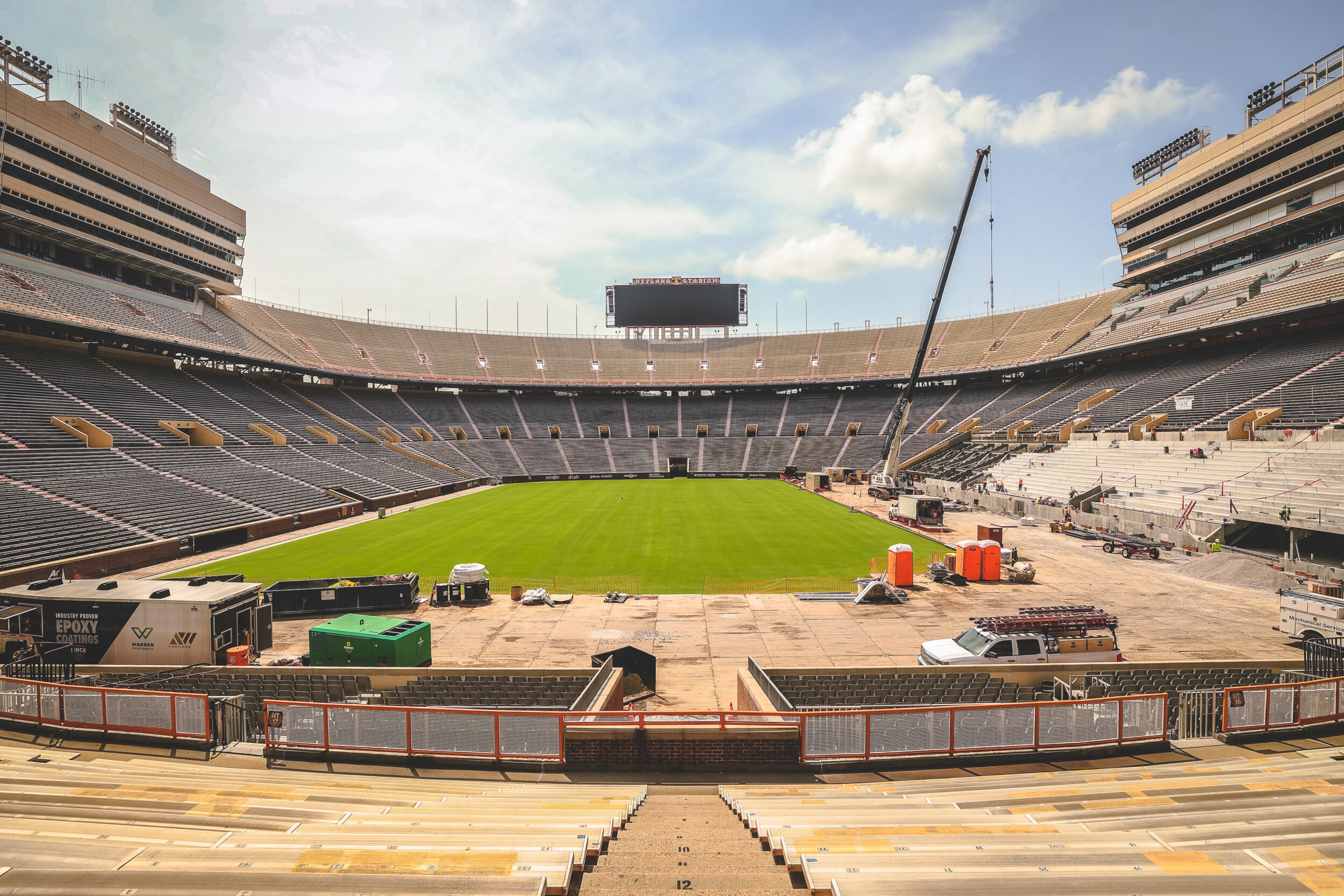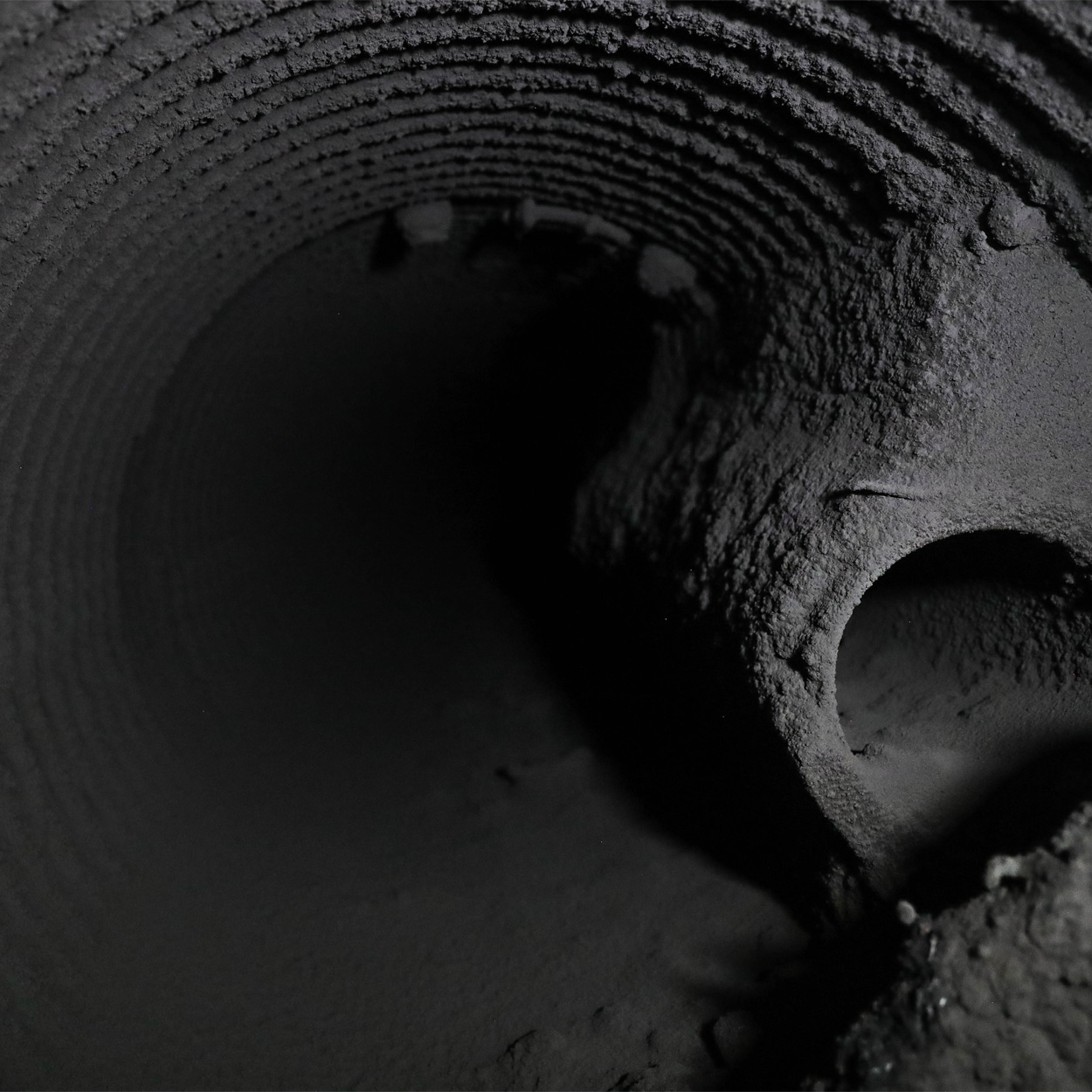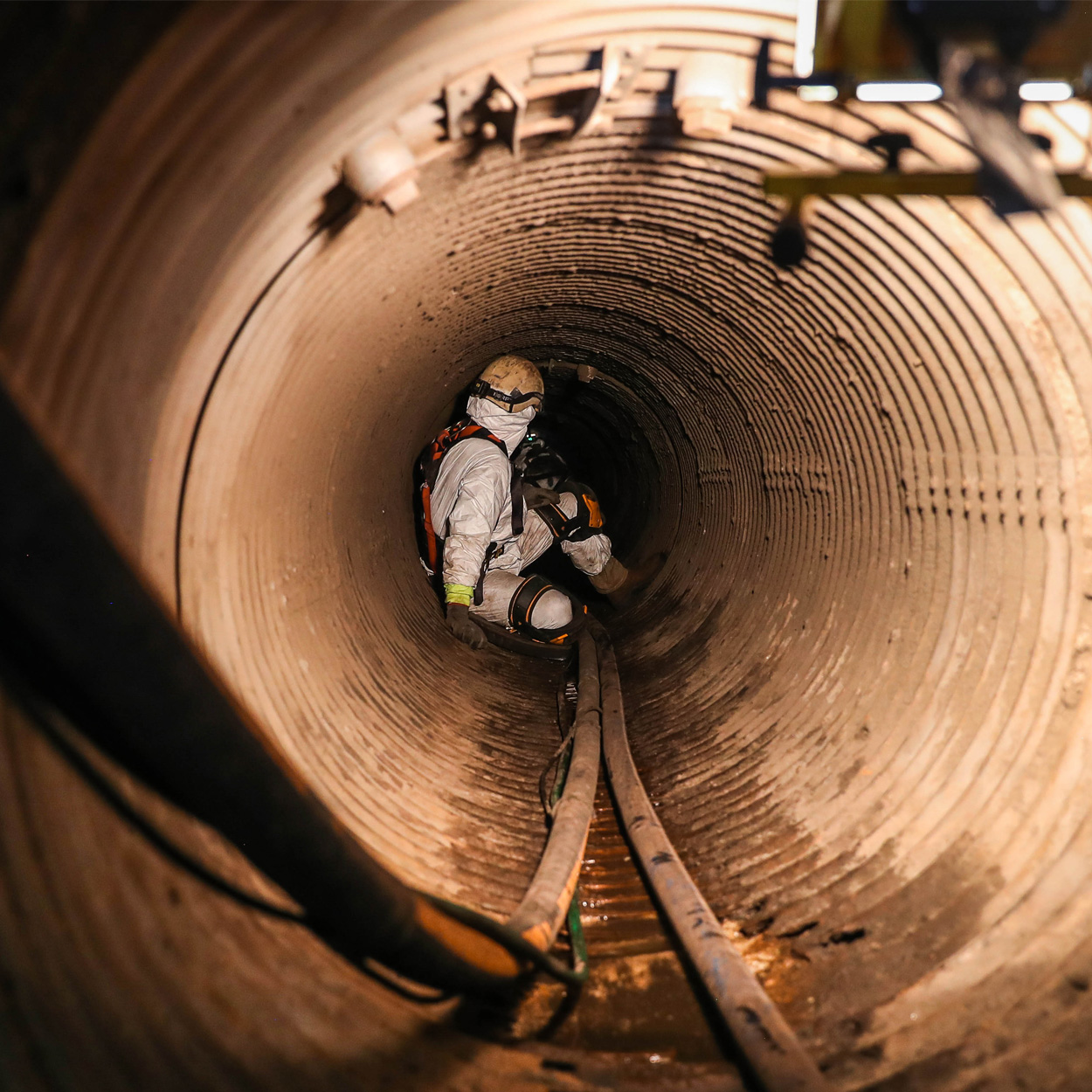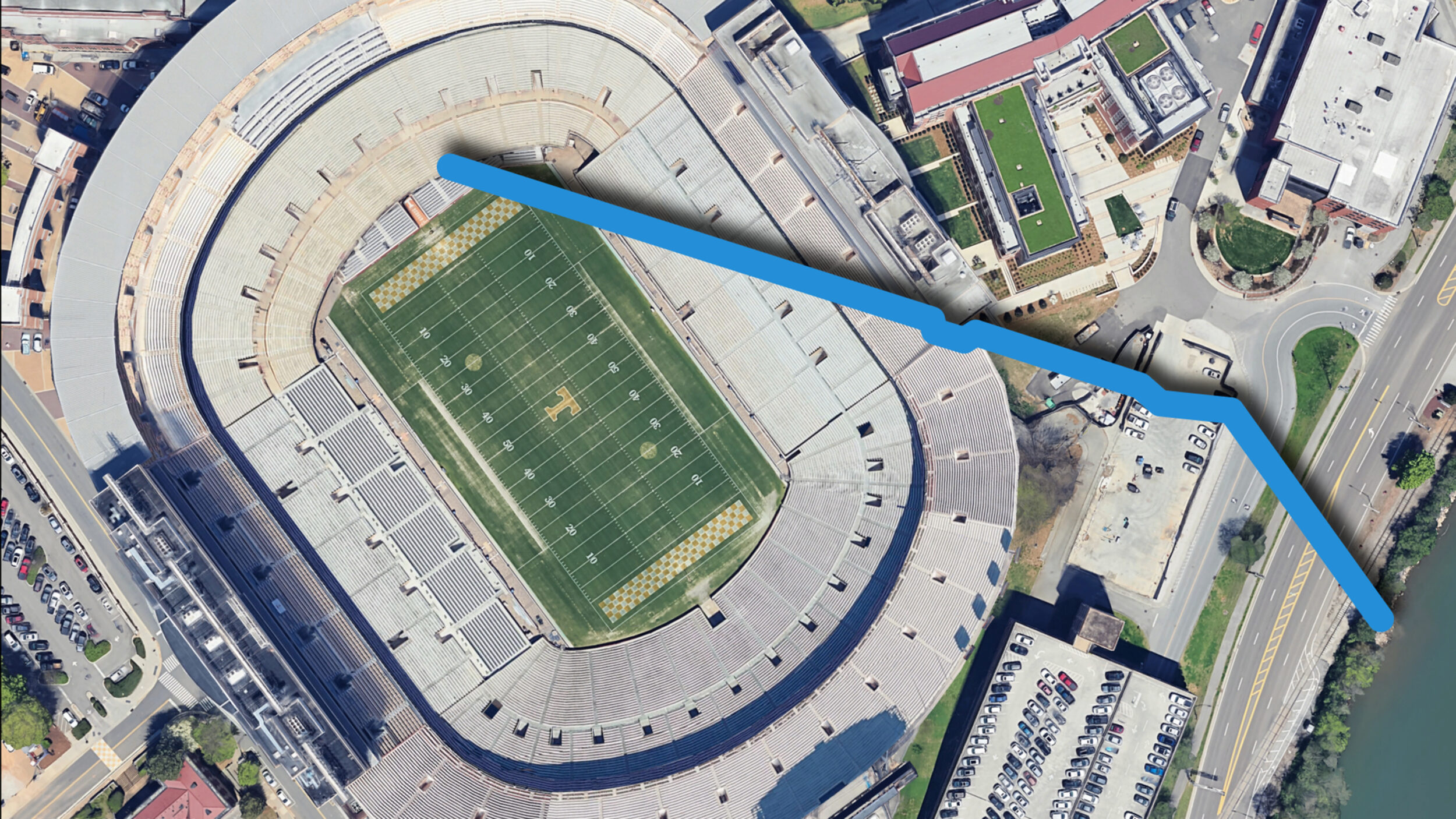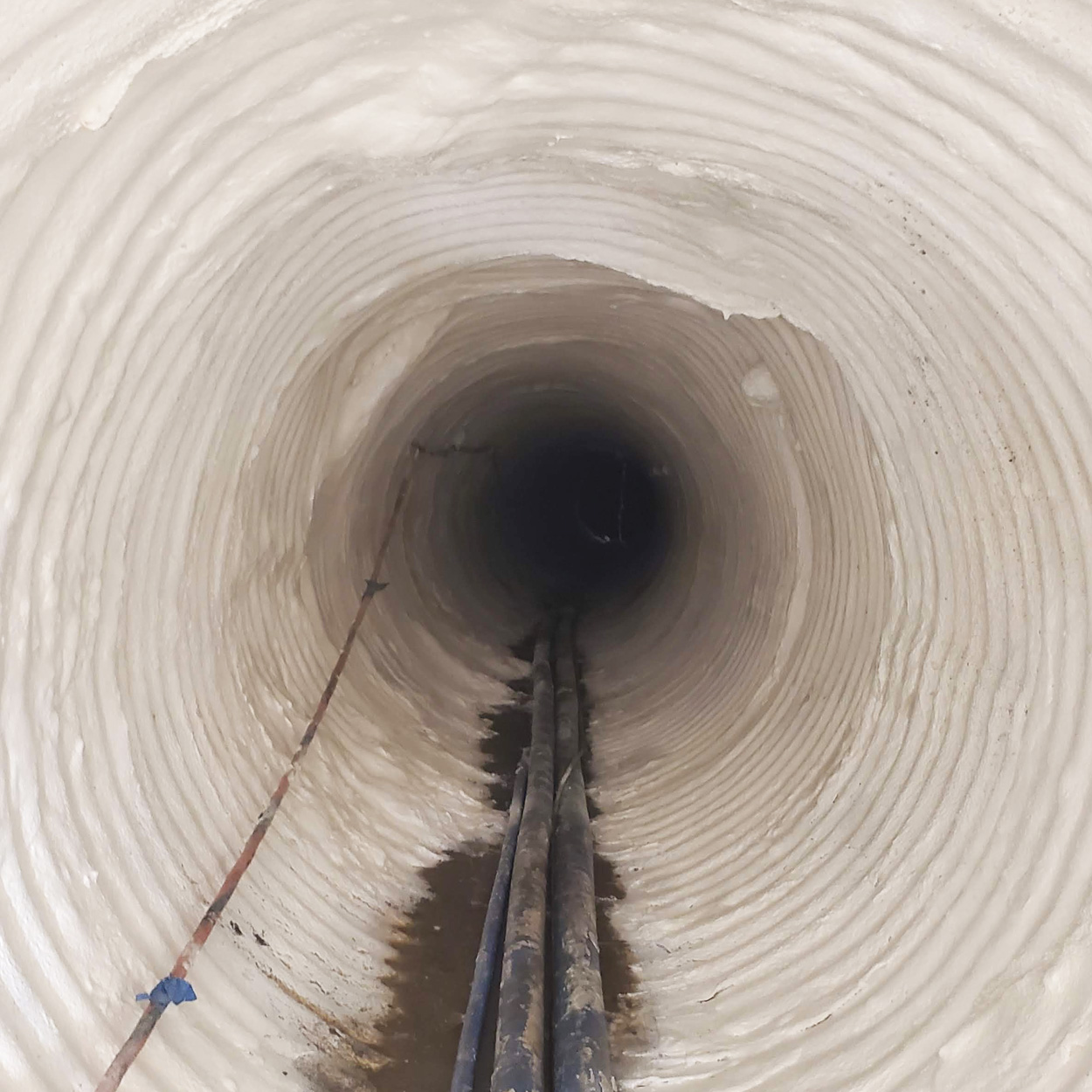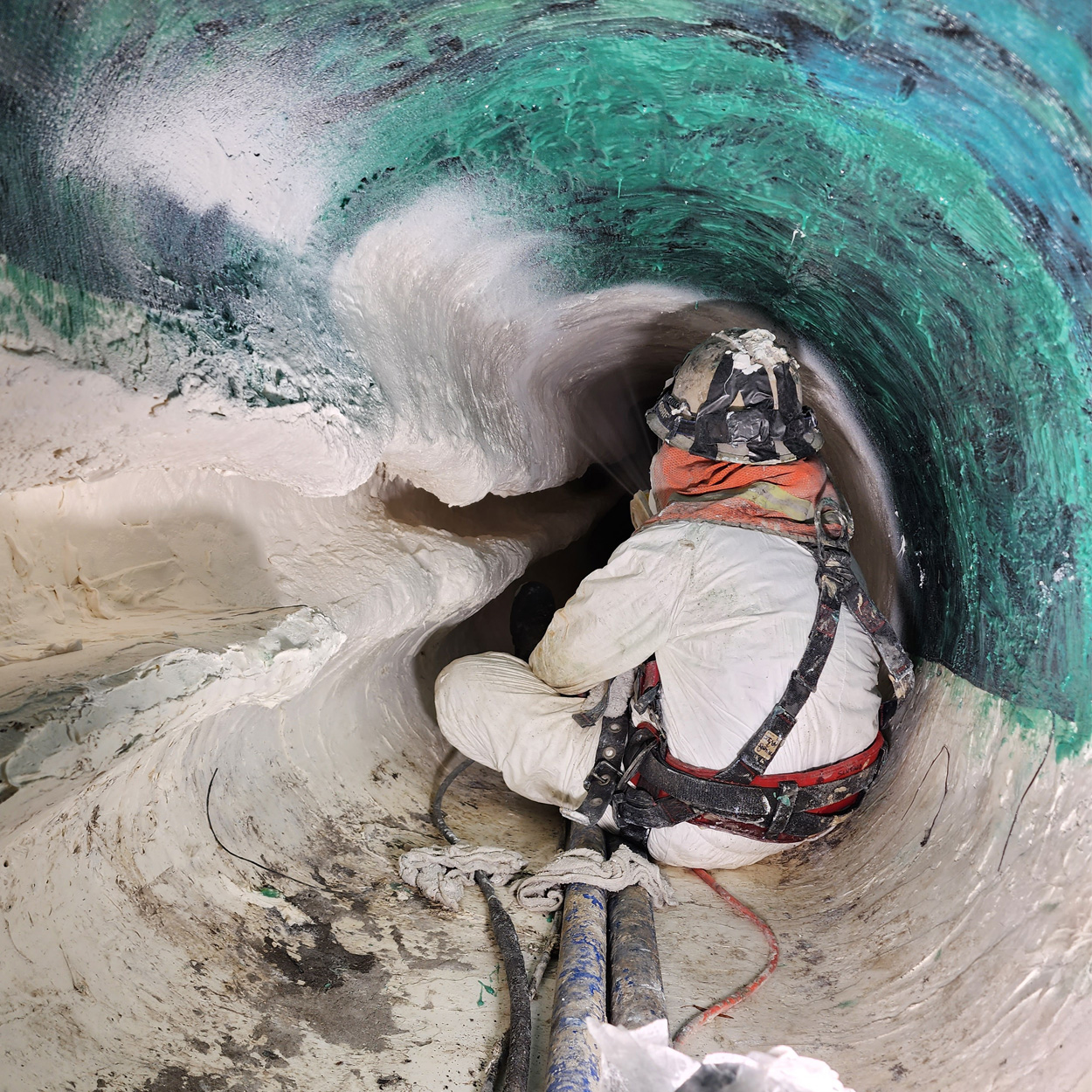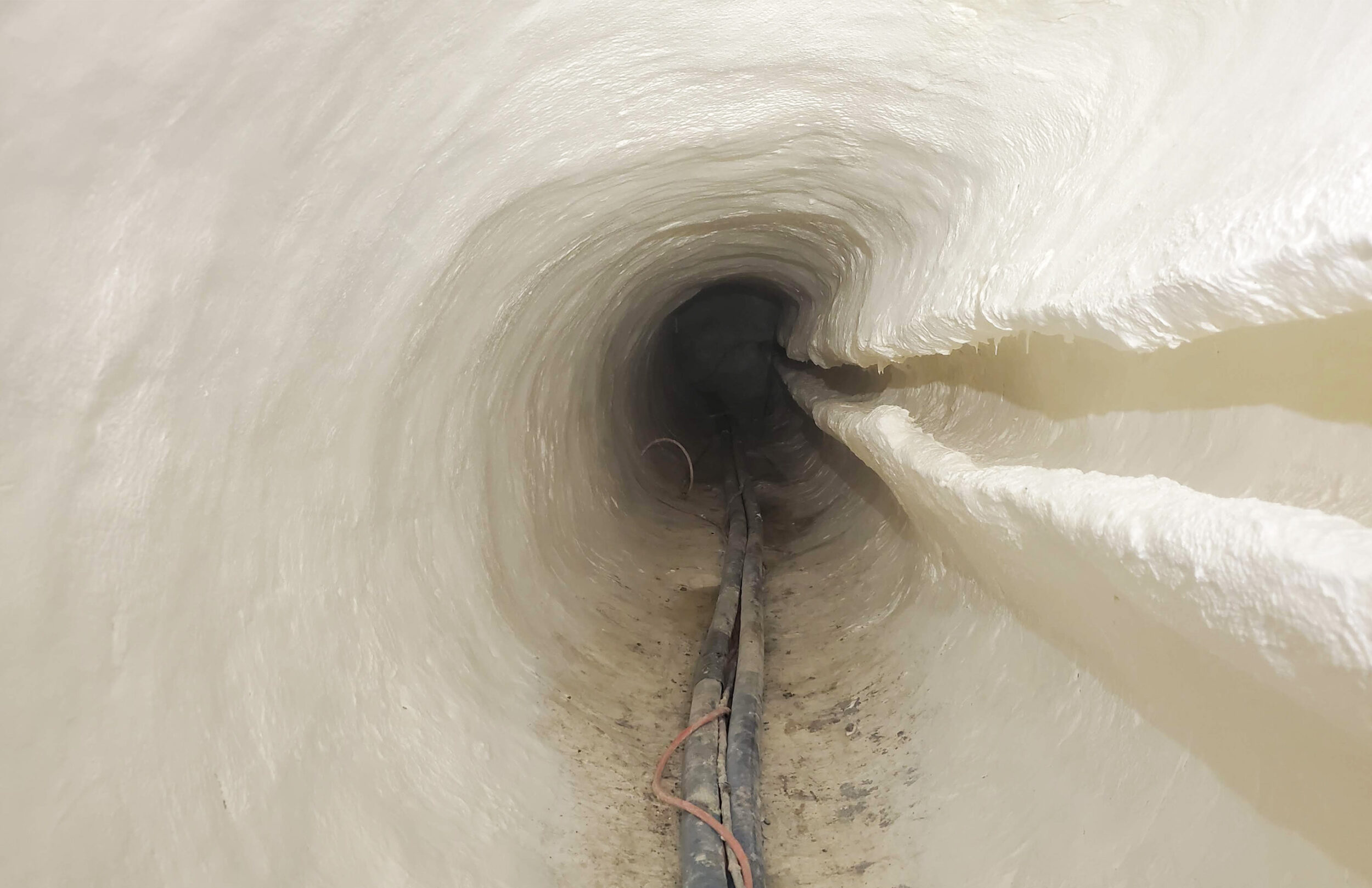Neyland Stadium South Renovations – Stormwater Remediation
Warren epoxy offers long-term solution in the fifth-largest stadium in the U.S.
In 2021, The University of Tennessee – Knoxville inspected stormwater pipes underneath the football field of Neyland Stadium as part of their $288 million large-scale facility renovations and found severely deteriorated corrugated metal pipe (CMP).
Project Background
Neyland Stadium at the University of Tennessee in Knoxville, Tennessee, is the fifth-largest stadium in the U.S. and the seventh-largest in the world. Aside from its size, The Sporting News ranked it as the nation’s #1 college football stadium in 2001. The stadium is home to the Tennessee Volunteers football team. Constructed in 1921, Neyland is an icon on the University’s campus. The University invested over $288 million in large-scale facility renovations to maintain its condition.
As part of the renovation project, the University inspected the stormwater pipe system underneath the football field with a closed-circuit television inspection in January 2021. The inspection revealed a severely deteriorated CMP. Sections of the bottom of the pipe were missing, compromising the structural load. As a result, the owner feared the pipe’s collapse and searched for viable repair solutions. The owner could have rerouted the buried system around the stadium but it would have caused major campus disruptions with increased costs and an extended schedule.
The Warren Environmental + A&W Coatings team worked with the design engineer to propose high build epoxy coatings as a long-term, trenchless technology rehabilitation solution. At the request of Cope & Associates, the design engineer, and The Christman Company, the general contractor, A&W entered the pipe to evaluate its condition. The team determined that A&W could perform the stormwater remediation project as specified. Warren’s epoxy was a minimally invasive solution that would structurally enhance the pipe and extend its useful service life.
Construction Details
The storm sewer sewer remediation scope included the surface preparation, epoxy lining, and testing of 652 linear feet (LF) of 42-inch CMP, 70 LF of 60-inch CMP, and 30 LF of 48-inch CMP. A&W’s crew abrasive blasted and high-pressure washed the metal substrate to clean the structure. This scope also included demolishing and removing 766 LF of embedded PVC pipe in various locations using hand tools. The crew cut the PVC material that was shotcrete into the pipe’s wall into smaller pieces and removed it from the structure. Infiltration was mitigated by injecting Warren’s 151-HG hydrophobic grout to stop leaks without interfering with the epoxy.
A&W spray applied 250 mils of Warren’s 301-14 high performance epoxy to 652 LF of the 42-inch CMP. Warren’s 301-14 was also applied to the 70 LF section of the 60-inch CMP and to the 30 LF of 48-inch CMP, known as the outfall pipe. The outfall discharged into the adjacent Tennessee River. While removing the PVC, A&W discovered a 50 LF section of the 42-inch pipe was not CMP. It was essentially a cage with shotcrete that was not structural and was at risk of failing. MADERO Engineers and Constructors (MADERO) analyzed the CMP’s condition and proposed a carbon fiber reinforced polymer (CFRP) solution combined with Warren’s epoxy.
A&W performed the CFRP repair and spray-applied 500 mils of Warren’s 301-14 to the top half of the pipe, from the spring line to the crown. While performing work inside the pipe, A&W’s crew internally bypassed flows by pumping water at the upstream side. Sika Concrete was applied to reshape the pipe where the shotcrete had failed and left uneven gaps throughout the pipe. A&W then hand-applied 375 mils of epoxy mastic with trowels on 80% of the pipe. The flooring was the only portion of the pipe not covered (from five to seven o’clock). CFRP was then applied to half of the pipe (from eleven to five o’clock). Finally, A&W sprayed 125 mils over the entire pipe and 500 mils on the floor.
Project Challenges
Overcoming unpredictable weather was singlehandedly the biggest challenge of this project. Although the summer was a historically dry period for Knoxville, the area experienced record amounts of rain. The rain impacted the schedule most because it was a major safety risk. A&W’s crew could not work during rain events because the smallest amount of stormwater could fill the open system. As a result, A&W would evacuate the structure and stop work when rain was in the forecast. Regardless of the pipe’s humid conditions, A&W didn’t need to dry the substrate before applying Warren’s epoxy. This eliminated dehumidification expenses and reduced the schedule to quickly return the pipe to service.
Rehabilitating the outfall pipe was also a challenge. Originally scheduled for the summer, A&W performed this scope in the early fall because the river had been too high for safe manned entry. Warren epoxy’s aquatic safe component was key because it has no adverse short or long-term impacts on marine life. It is the only epoxy on the market with a 100% survival rate in rigorous EPA 2007.0 Acute Toxicity testing. This made it safe for the lined pipe to carry stormwater into the river. The team also coordinated with the nearby railroad to get the correct permits to access this area.
Maintaining the schedule was extremely critical for project success. With the 2022 football season looming, all trades were required to complete work on the stadium’s interior before the season opener in mid-August. A&W’s small construction footprint was important to maintaining a low profile and keeping the campus safe for the public. Despite the rain delays and the unexpected CMP discovery, A&W completed the scope of work within the project’s schedule.
Project Successes
This work highlights A&W’s ability to rehabilitate stormwater structures in rural or urban areas, even in the most unexpected places. This buried stormwater system is the perfect example. The Warren + A&W team rehabilitates assets by offering a successful form of trenchless technology to owners where excavation and replacement may be impossible.
Producing a successful outcome to solve their initial challenge, the University was pleased with A&W’s work and Warren’s epoxy coating system. Together we successfully stopped leaks and enhanced the structural integrity of the host pipe. A&W’s application of Warren’s epoxy extended the pipe’s useful service life by an estimated 75-year engineered design life.
Photos
